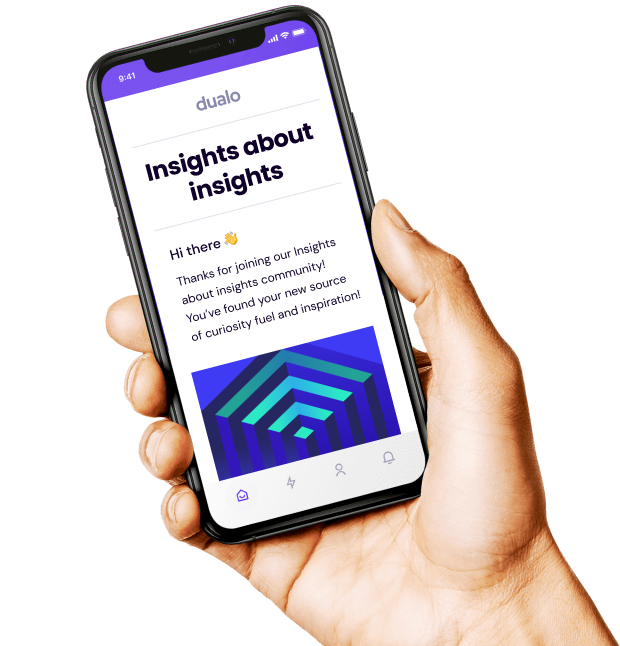How to structure product insights to maximise value and impact
A question we often get asked is “what makes a great product insight?”. We've found the more interesting question to answer is “how can we ensure that we’re maximising the value and impact of our product insights?”.







.svg)

.jpeg)

.jpeg)
.jpeg)

